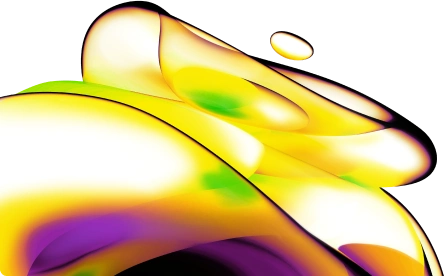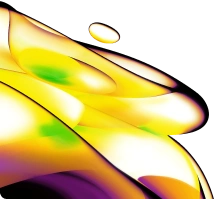

AlphaLISA Human IFN-β High Performance Detection Kit, 5,000 Assay Points
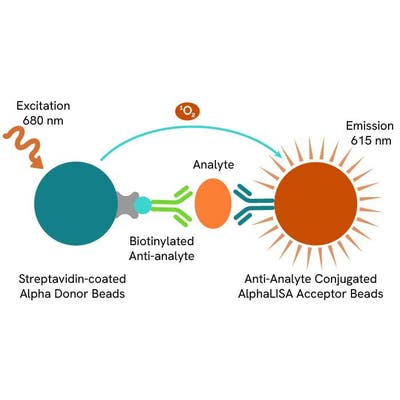

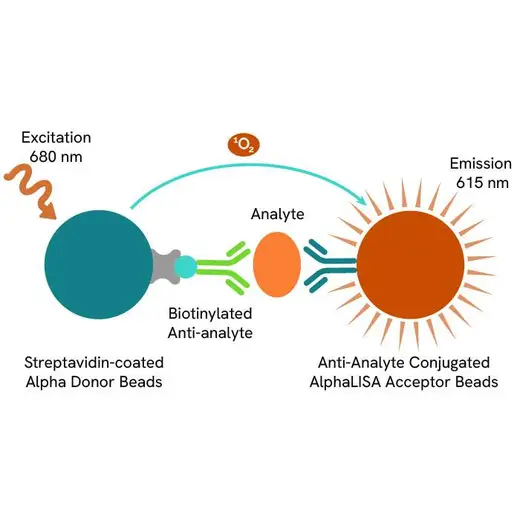


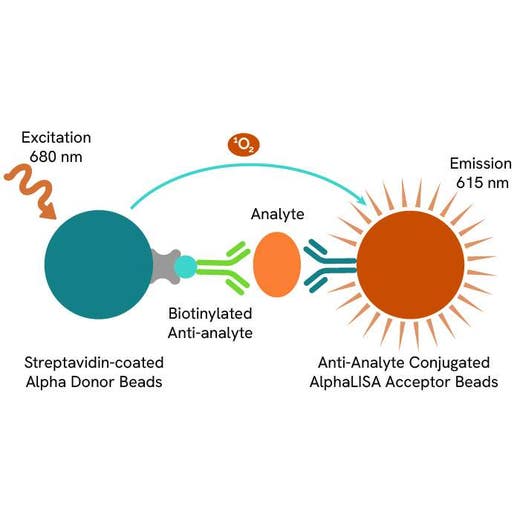


| Feature | Specification |
|---|---|
| Application | タンパク質定量 |
| Dynamic Range | 1.05 - 100,000 pg/mL |
| Limit of Detection | 1.05 pg/mL |
| Limit of Quantification | 3.85 pg/mL |
| Sample Volume | 5 µL |









Product information
Overview
Interferon-beta (IFNβ) is a cytokine produced in large quantities by fibroblasts in response to pathogens. IFNβ controls both immune responses to viral infections and nonspecific humoral immune responses. In a healthy environment, IFNβ is only present in small amounts. However, with viral infection, inflammation, and autoimmunity, levels can rise significantly. The biological effects of IFNβ include antiviral and antiproliferative properties. IFNβ has been utilized as a therapeutic agent in the treatment of multiple sclerosis and chronic active hepatitis B, with some success. If the disease has not been present for more than five years, it appears to have the best chance of success.
Formats
- Our 100 assay point kit allows you to run 100 wells in 96-well format, using a 100 µL reaction volume (10 µL of sample).
- Our 500 assay point kit allows you to run 500 wells in 96-well or 384-well format, using a 50 µL reaction volume (5 µL of sample).
- Our 5,000 assay point kit allows you to run 5,000 wells in 96-well or 384-well format, using a 50 µL reaction volume (5 µL of sample).
Features
- No-wash steps, no separation steps
- ELISA alternative technology
- Sensitive detection
- Broad sample compatibility
- Small sample volume
- Results in less than 3 hours
- Half the time of an ELISA assay
AlphaLISA technology allows the detection of molecules of interest in a no-wash, highly sensitive, quantitative assay. In an AlphaLISA assay, a biotinylated anti-analyte antibody binds to the Streptavidin-coated Donor beads while another anti-analyte antibody is conjugated to AlphaLISA Acceptor beads. In the presence of the analyte, the beads come into close proximity. The excitation of the Donor beads causes the release of singlet oxygen molecules that triggers a cascade of energy transfer in the Acceptor beads, resulting in a sharp peak of light emission at 615 nm.
How it works
Principle of the AlphaLISA assay
The AlphaLISA assay is based on an AlphaLISA sandwich immunoassay involving a biotinylated anti-analyte antibody bound to Streptavidin-coated AlphaLISA Donor beads and an anti-analyte antibody conjugated to AlphaLISA Acceptor beads. Both antibodies are directed against the analyte of interest. In the presence of the target, both antibodies bind to analyte and the beads come into proximity. The excitation of the Donor beads provokes the release of singlet oxygen molecules that triggers a cascade of energy transfer within the Acceptor beads, resulting in emission with λmax at 615 nm. The intensity of the signal is directly proportional to the concentration of analyte present in the sample.

Protocol of the AlphaLISA assay
The AlphaLISA assay can be run in a 96- or 384-well detection plate (50 µL final). As described here, samples or standards are dispensed directly into the assay plate for the detection of the analyte of interest by AlphaLISA reagents. No washing steps are needed. The protocol can be further miniaturized or upscaled by simply resizing each addition volume proportionally.
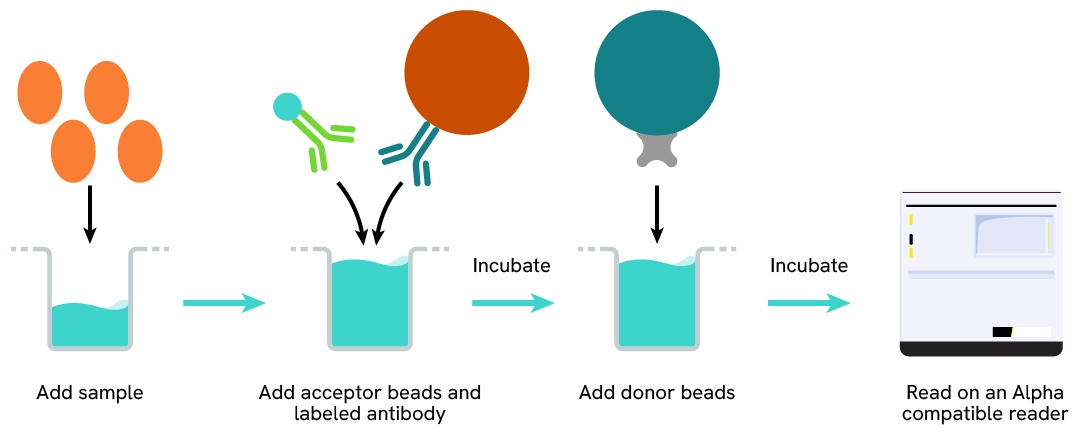
Specifications
| Application |
Protein Quantification
|
|---|---|
| Automation Compatible |
Yes
|
| Brand |
AlphaLISA
|
| Detection Modality |
Alpha
|
| Dynamic Range |
1.05 - 100,000 pg/mL
|
| Limit of Detection |
1.05 pg/mL
|
| Limit of Quantification |
3.85 pg/mL
|
| Product Group |
Kit
|
| Sample Volume |
5 µL
|
| Shipping Conditions |
Shipped in Blue Ice
|
| Target |
IFNβ
|
| Target Class |
Cytokines
|
| Target Species |
Human
|
| Technology |
Alpha
|
| Therapeutic Area |
Inflammation
|
| Unit Size |
5,000 assay points
|
Video gallery
Resources
Are you looking for resources, click on the resource type to explore further.
Our R&D scientists were determined to enable your research by developing new and improved versions of our AlphaLISA cytokine...
Cytokines play a vital role in both innate and adaptive immunity and are known for their ability to exert diverse functions on...


How can we help you?
We are here to answer your questions.
